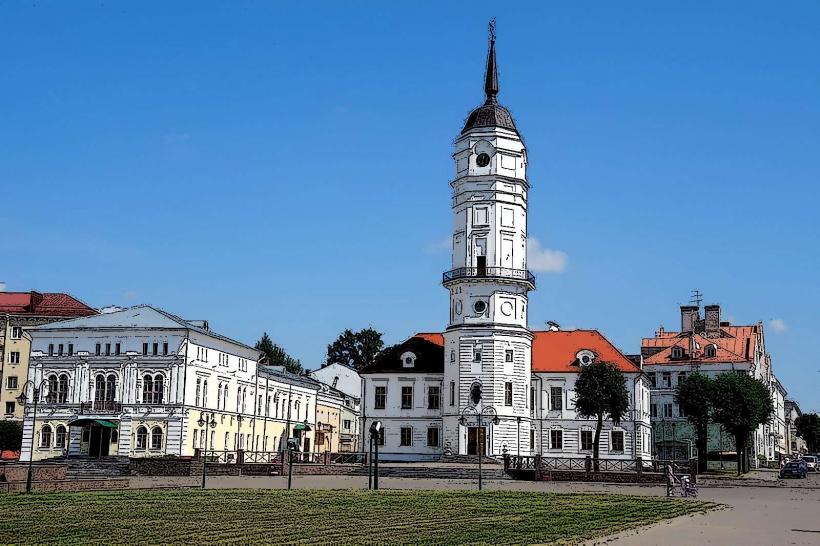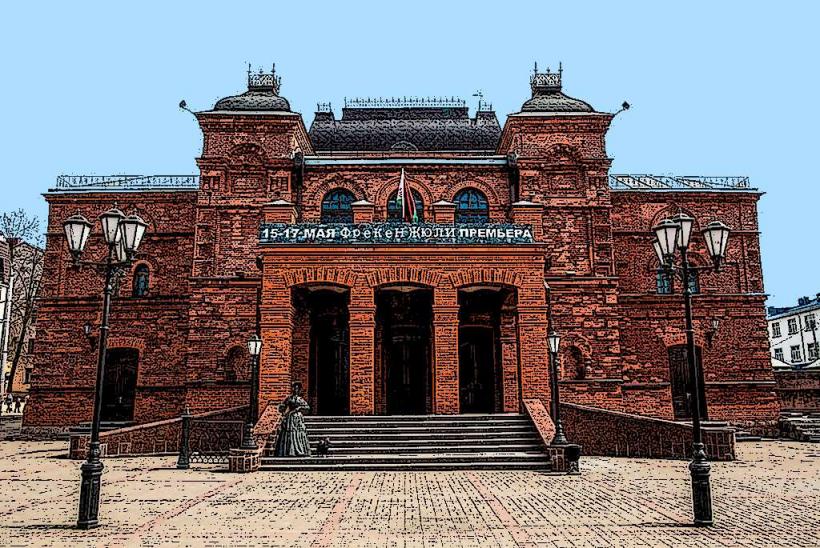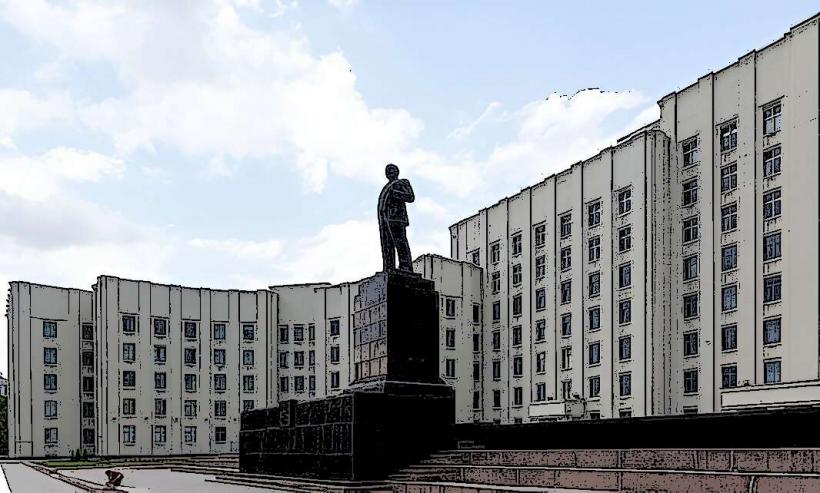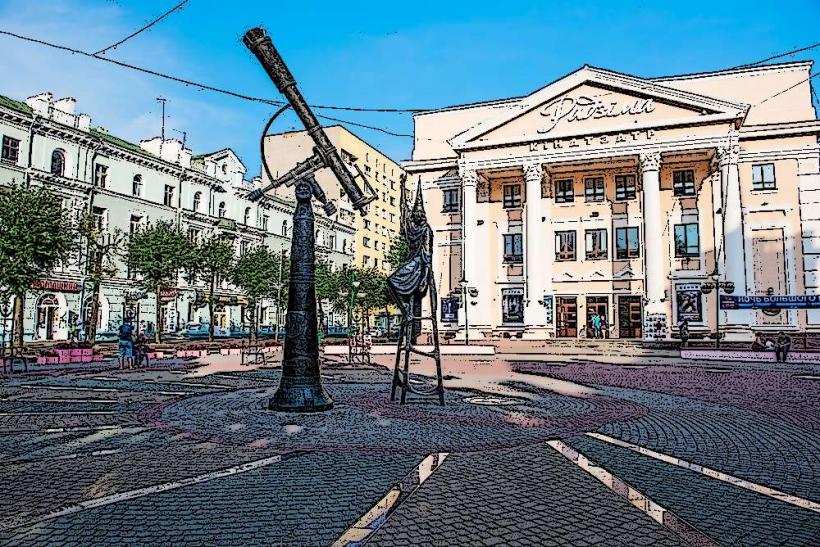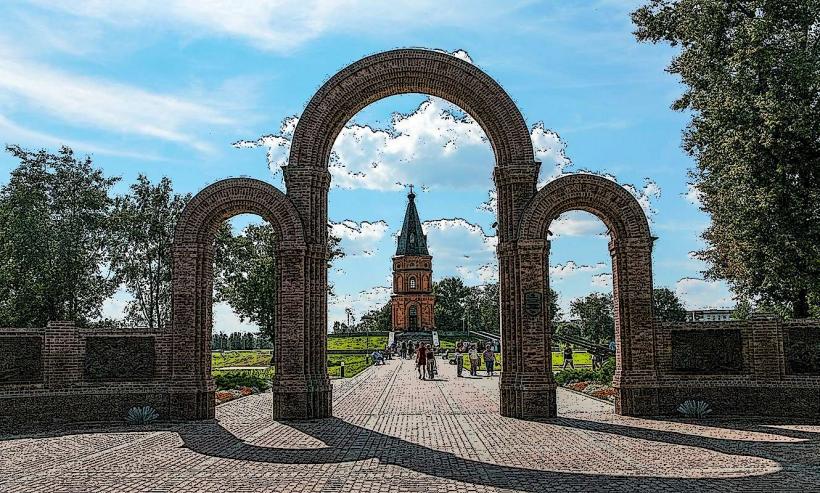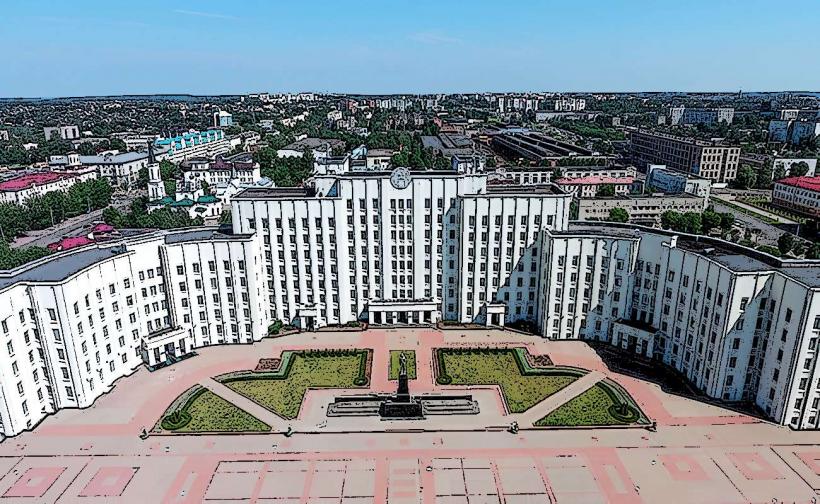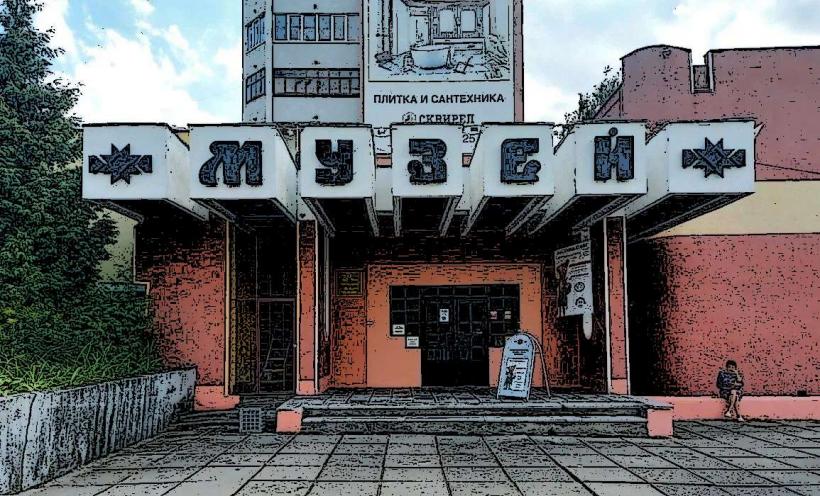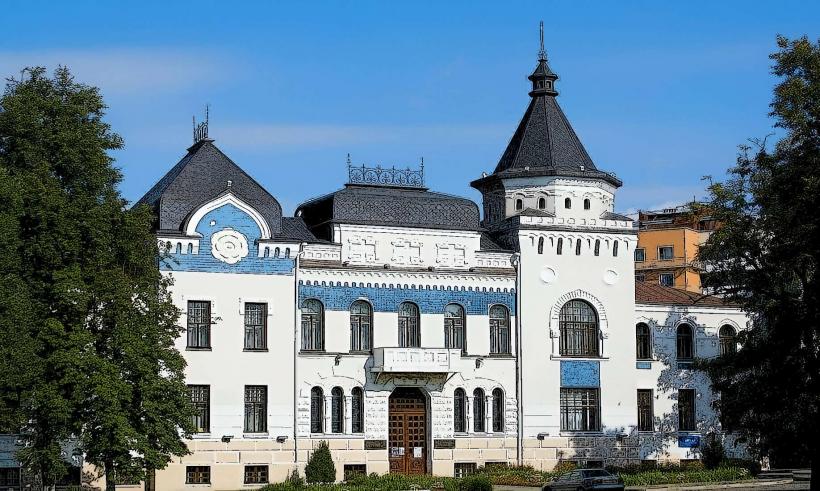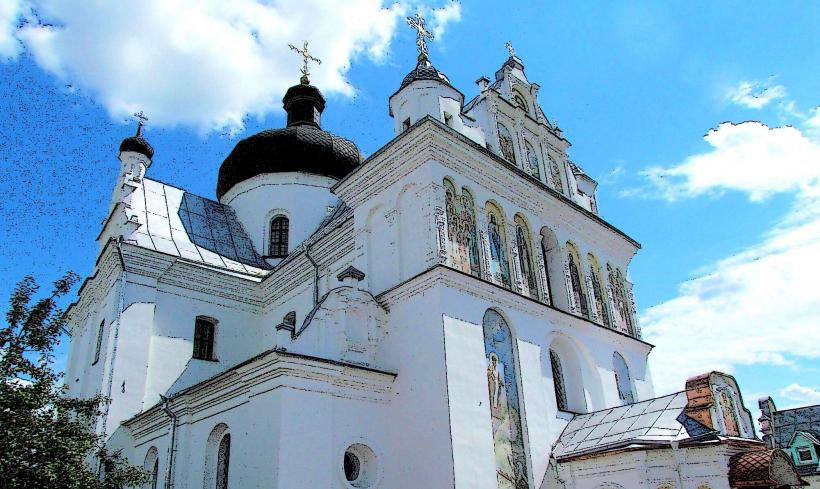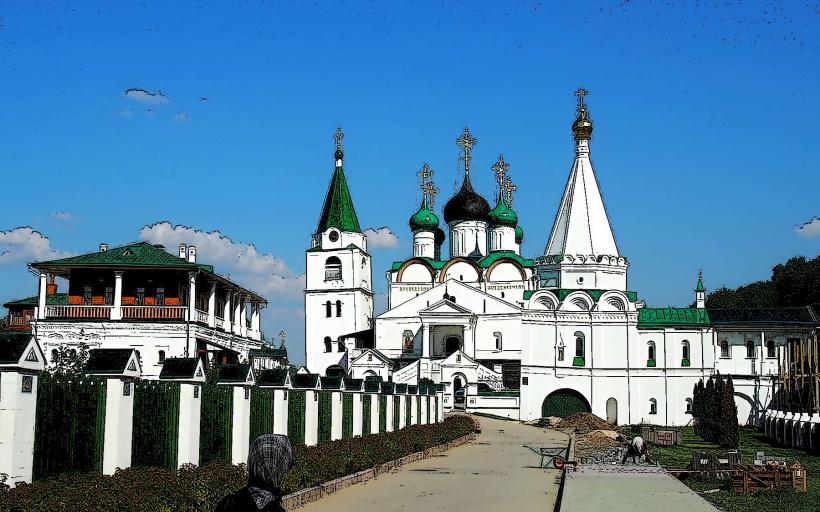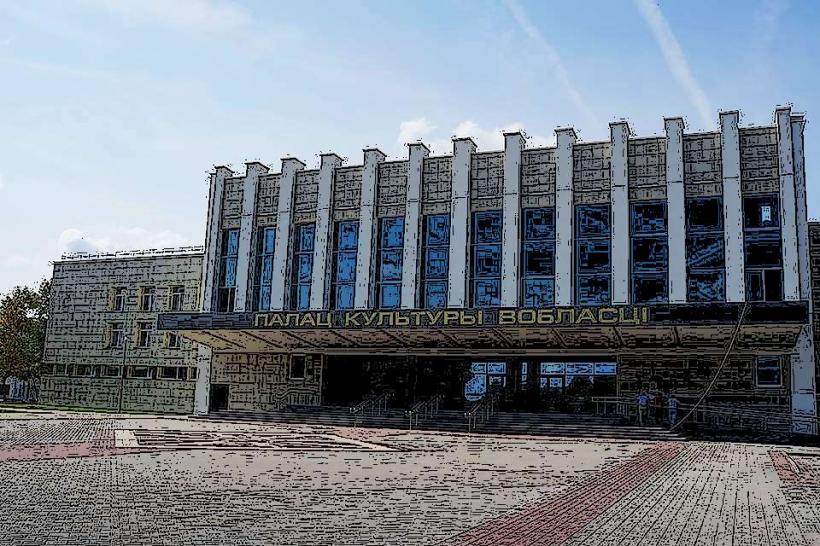Information
Landmark: Mogilev ZooCity: Mogilev
Country: Belarus
Continent: Europe
The Mogilev Zoo is a notable zoological park located in Mogilev, Belarus. The zoo is an important recreational and educational site in the region, offering visitors a chance to explore a variety of animal species while learning about conservation, wildlife, and the natural world.
History:
The Mogilev Zoo was founded in 1987, during the Soviet era, and it was initially established as part of a broader effort to promote environmental education and animal conservation in the region. Over the years, the zoo has expanded its collection and facilities, becoming one of the key attractions in the city. It has grown from a relatively small zoo into a more modern and accessible site for both locals and tourists.
Location and Layout:
The zoo is located on the outskirts of Mogilev, situated in a spacious area that allows for the proper care and accommodation of the animals. The layout of the zoo is designed to replicate various natural habitats, with sections dedicated to different types of animals, including those native to Belarus and other parts of the world. Visitors can explore various enclosures and exhibitions, each offering insight into the animals’ environments and behaviors.
The zoo is spread across a large, green area that includes wooded sections, grassy fields, and water features, providing a comfortable environment for the animals while also creating an enjoyable experience for visitors. The zoo’s pathways and signage guide visitors through the exhibits, ensuring that they can explore the zoo at their own pace.
Animals and Exhibits:
The Mogilev Zoo is home to a variety of animal species, including mammals, birds, reptiles, and amphibians. The zoo aims to showcase a diverse collection of animals, both local and exotic, helping to foster understanding and appreciation for wildlife conservation. Some of the key exhibits include:
Native Belarusian Wildlife: The zoo has a number of animals native to Belarus, such as elk, wild boar, wolves, and foxes. These animals are featured in exhibits that mimic their natural habitats, providing visitors with the opportunity to see species that are important to the country’s wildlife.
Exotic Species: The zoo also houses various exotic animals from other parts of the world, including lions, tigers, bears, and monkeys. These species are part of the zoo’s effort to educate visitors about animals that are not native to Belarus but are important for global biodiversity.
Birds and Reptiles: The zoo has a diverse collection of birds, including species of eagles, owls, and peacocks, as well as reptiles such as snakes, lizards, and turtles. These exhibits give visitors the chance to learn about animals that might not always be featured in larger zoological parks.
Aquatic Life: The zoo also has an aquarium section that houses various aquatic species, providing insight into the underwater world. Visitors can explore the different types of fish, amphibians, and other aquatic life from around the world.
Conservation and Education:
As with many modern zoos, the Mogilev Zoo plays a role in animal conservation and education. The zoo works to raise awareness about endangered species and the importance of protecting wildlife and their natural habitats. Educational programs, guided tours, and interactive displays are available to help visitors learn more about the animals and the need for conservation efforts worldwide.
The zoo is also involved in local and international conservation initiatives, supporting efforts to protect species that are at risk of extinction. Educational activities and outreach programs are designed to encourage the younger generation to engage with wildlife conservation and learn about the importance of biodiversity.
Visitor Experience:
The Mogilev Zoo is an ideal destination for families, school groups, and anyone interested in learning about animals and nature. It provides an opportunity to observe a variety of species up close, making it both an enjoyable and educational experience. The zoo also offers various amenities, including picnic areas, playgrounds for children, and areas for visitors to relax and enjoy the surroundings.
Seasonal events and programs are often held at the zoo, including animal feedings, educational talks, and special exhibitions that focus on specific animals or conservation themes. The zoo is open to visitors year-round, though some animals may be more active during certain seasons.
Modern Developments:
Over the years, the zoo has undergone improvements to its facilities, including better enclosures, updated exhibits, and enhanced visitor services. The focus has shifted toward providing a more comfortable and educational experience for both animals and visitors. The zoo continues to invest in expanding its collection, improving its infrastructure, and enhancing its role in conservation and education.
Conclusion:
The Mogilev Zoo is an important and vibrant institution in the city of Mogilev. It offers a chance for visitors to explore the animal kingdom, learn about conservation, and appreciate the natural world. With its diverse collection of species, educational programs, and dedication to conservation, the zoo remains a key cultural and recreational site in the region. Whether for a casual visit or a more in-depth exploration of wildlife, the Mogilev Zoo provides a valuable experience for people of all ages.

